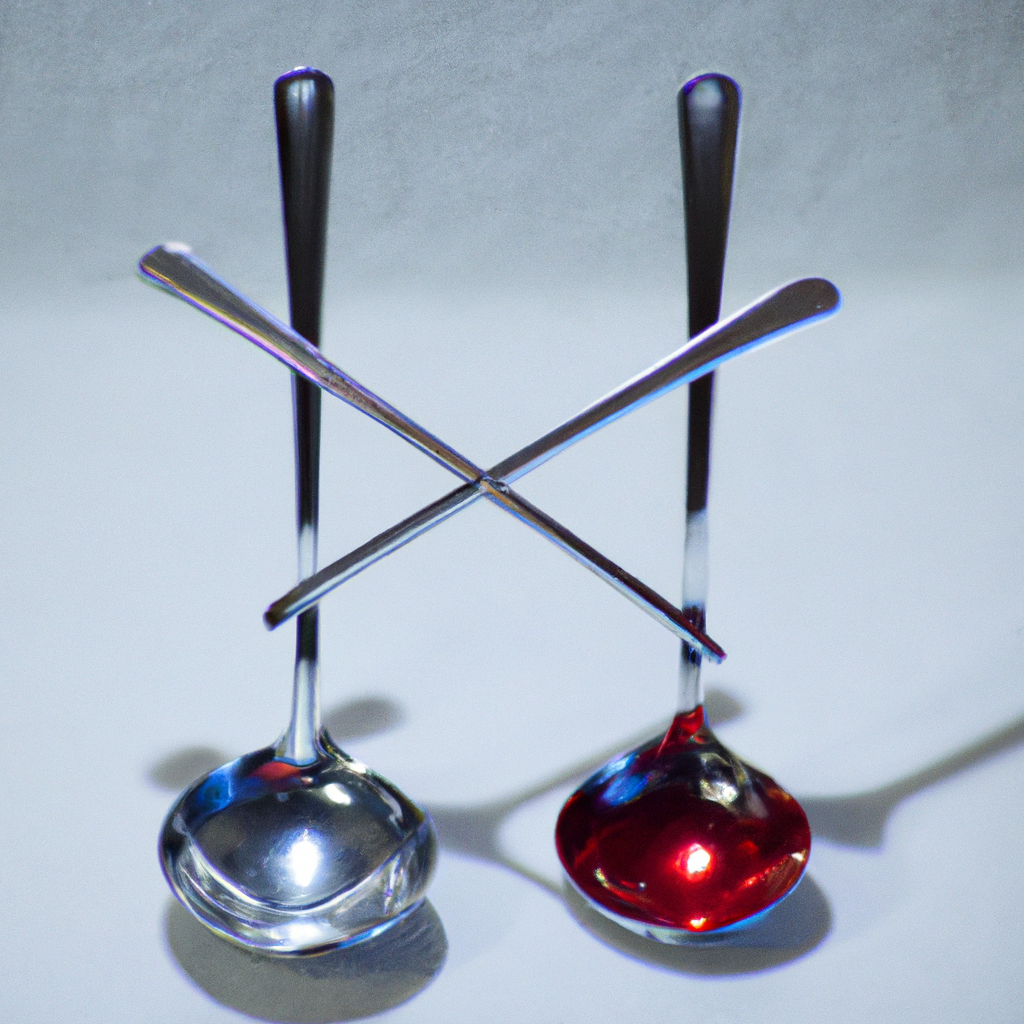Unlock the Future of Flavors: Enroll Now in Molecular Gastronomy School!
Hey there, fellow food enthusiasts! Today, I’m diving into something that’s been tickling my taste buds for a while now: flavor pairing principles in molecular gastronomy. Sounds fancy, right? But trust me, it’s as fun as it sounds once you get the hang of it.
So picture this: you’re sitting at your favorite restaurant and they serve you something that looks like art on a plate. You take a bite and BAM! It’s like a fireworks show in your mouth. What just happened there? Well, that’s molecular gastronomy doing its magic!
Now, let me take you back to when I first stumbled upon this culinary marvel. It was during a casual weekend cooking class I’d signed up for with some friends (mostly because they promised wine). The chef started talking about pairing flavors not just by tradition but by their molecular compounds — yeah, it sounded kind of science-y at first. But then he explained it like mixing colors to create new shades; suddenly everything made sense.
One of the coolest things we tried was pairing strawberries with basil. Honestly, if someone had told me before that those two could dance together on my palate so well, I would’ve laughed them off. Yet here I was savoring every bite. It’s all about how certain flavors have similar chemical structures which make them complement each other beautifully.
Another time – oh boy – we experimented with chocolate and blue cheese. If you’re raising an eyebrow right now, I don’t blame ya! But hear me out; the creamy richness of the blue cheese actually mellowed out and enhanced the deep cocoa notes in such an unexpected way. Who knew?
This brings us to why understanding these flavor pairings is becoming super popular among culinary innovators today. Chefs are constantly pushing boundaries to surprise us and offer novel experiences through their dishes.
I remember chatting with Chef Lisa after one particularly mind-blowing meal she prepared using coffee grounds paired with pork tenderloin (sounds wild yet intriguing!). She said something that really stuck with me: “Cooking is no longer just about satisfying hunger; it’s about telling stories and evoking emotions.” That hit home because isn’t that what makes dining such a delightful experience?
The curriculum for budding chefs focusing on these principles usually involves lots of tasting sessions where students experiment tirelessly (lucky them!) finding combos most wouldn’t dare imagine in traditional kitchens.
And if you’re thinking this might be outta reach for home cooks like us – nope! There are simple ways we can start incorporating these ideas without needing any fancy gadgets or rare ingredients either.
Try sprinkling a little bit of salt over watermelon slices next time – thank me later when sweetness levels spike up unexpectedly pleasant heights thanks to good ol’ sodium chloride enhancing natural sugars present within fruit itself!
Or perhaps drizzle some balsamic vinegar atop vanilla ice cream scoop whenever dessert cravings hit hard–you’d be surprised how tangy acidity balances creamy sweetness perfectly well resulting unforgettable finale course everyone’ll rave endlessly long afterwards too!
In essence folks – don’t shy away from playing around different tastes textures aromas combinations even sound outright bizarre initially speaking volumes richer depth beyond imaginable realms possible waiting explored thoroughly further alongside friends family willing brave bold journey discovering own unique culinary narratives worth sharing world wide web alike eventually someday soon enough hopefully fingers crossed anyhow!!
So grab those aprons & spatulas adventure awaits… Happy exploring!! 🍽️✨
